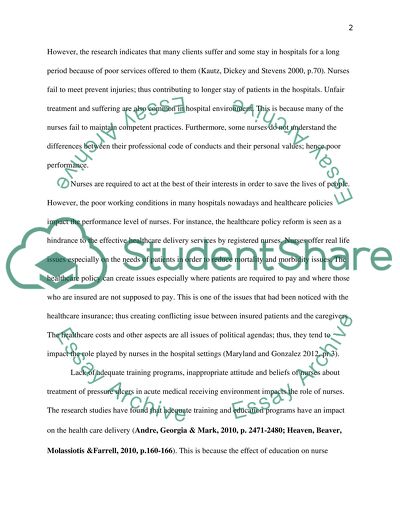Cite this document
(“The Role of a Nurse and Best Practice Preventing Pressure Ulcer In an Essay”, n.d.)
Retrieved from https://studentshare.org/nursing/1616384-the-role-of-a-nurse-and-best-practice-preventing-pressure-ulcer-in-an-acute-medical-receiving-environment
Retrieved from https://studentshare.org/nursing/1616384-the-role-of-a-nurse-and-best-practice-preventing-pressure-ulcer-in-an-acute-medical-receiving-environment
(The Role of a Nurse and Best Practice Preventing Pressure Ulcer In an Essay)
https://studentshare.org/nursing/1616384-the-role-of-a-nurse-and-best-practice-preventing-pressure-ulcer-in-an-acute-medical-receiving-environment.
https://studentshare.org/nursing/1616384-the-role-of-a-nurse-and-best-practice-preventing-pressure-ulcer-in-an-acute-medical-receiving-environment.
“The Role of a Nurse and Best Practice Preventing Pressure Ulcer In an Essay”, n.d. https://studentshare.org/nursing/1616384-the-role-of-a-nurse-and-best-practice-preventing-pressure-ulcer-in-an-acute-medical-receiving-environment.


